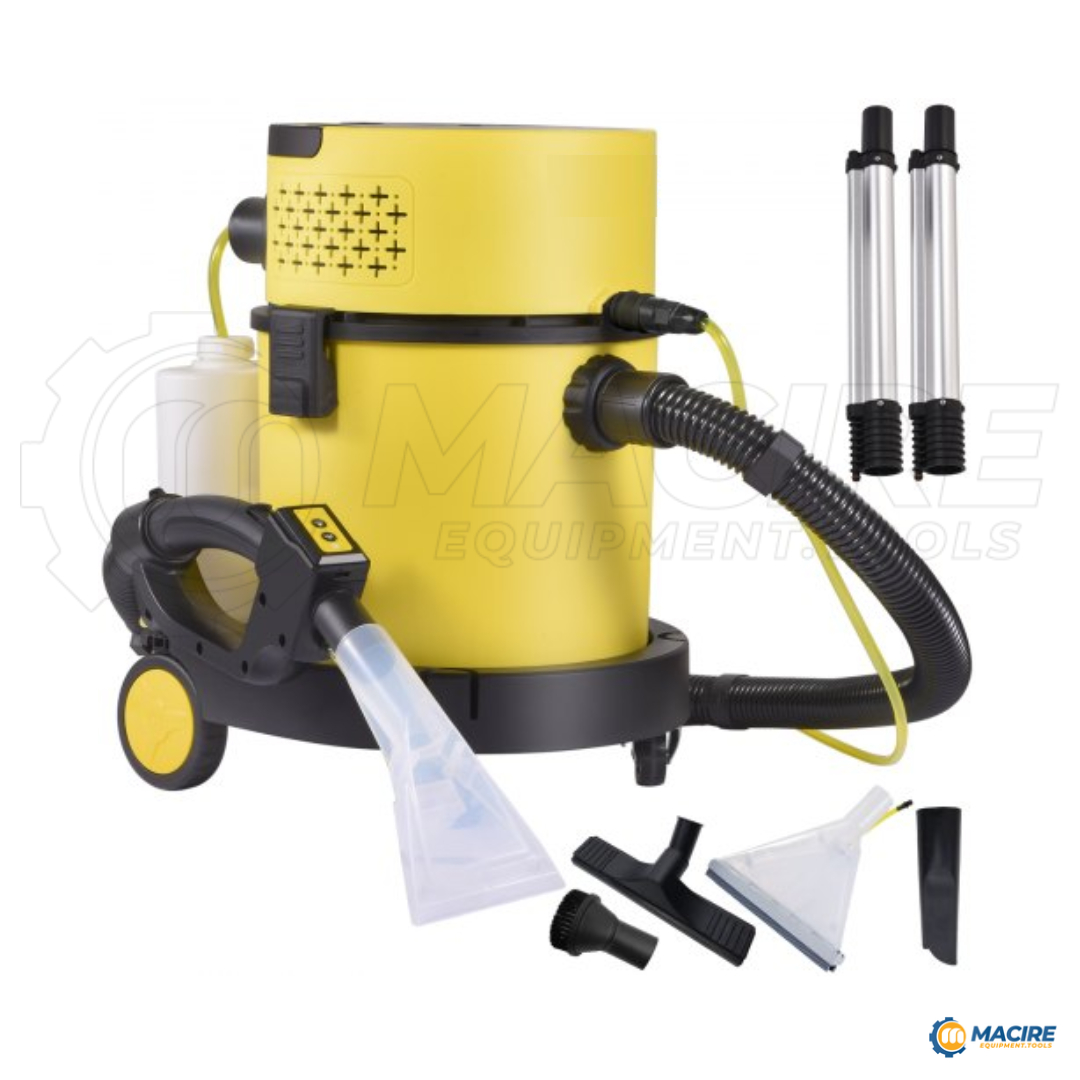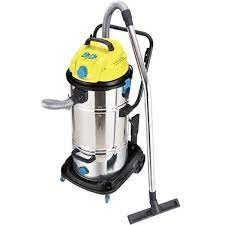Introduction
Cleaning equipment is an invaluable asset in maintaining a tidy and hygienic environment. To ensure your equipment serves you well over the long haul, proper maintenance is key. This blog post will guide you on how to clean, store, troubleshoot, and fix common issues with various types of cleaning equipment, helping you extend their lifespan and maximize their efficiency.
1. Cleaning and Storing Different Types of Cleaning Equipment:
a. Vacuum Cleaners:
- Regularly empty the vacuum bag or clean the dustbin.
- Check and clean filters to maintain suction power.
- Inspect the brushes and remove any tangled debris.
- Store in a cool, dry place to prevent mold growth.
b. Mops and Brooms:
- Rinse mop heads thoroughly after each use.
- Store mops and brooms in an upright position to maintain their shape.
- Replace mop heads and broom bristles when they show signs of wear.
c. Floor Scrubbers and Polishers:
- Clean the scrubber brushes after each use to prevent residue buildup.
- Wipe down the machine’s exterior to remove any cleaning product residues.
- Store in a dry environment to avoid corrosion.
2. Identifying and Fixing Common Problems
a. Vacuum Cleaner Issues:
- Loss of Suction: Check for clogs in the hose or filters and clean as needed.
- Strange Noise: Inspect the vacuum for foreign objects or damaged components.
- Brush Roller Not Spinning: Clear any debris wrapped around the brush and check for obstructions.
b. Mop and Broom Problems:
- Ineffective Cleaning: Replace worn-out mop heads or broom bristles.
- Handle Issues: Tighten loose handles or replace if damaged.
- Uneven Bristles: Straighten bent bristles to maintain uniform cleaning.
c. Floor Scrubber and Polisher Challenges:
- No Rotation of Brushes: Check for debris caught in the brushes and clear if necessary.
- Uneven Cleaning: Ensure the machine’s weight is evenly distributed, and adjust as needed.
- Loss of Power: Inspect the power cord for damage and replace if necessary.
3. Tips for Troubleshooting Cleaning Equipment Issues:
a. Regular Inspections:
- Conduct routine inspections to catch issues early on.
- Look for signs of wear and tear and address them promptly.
b. Follow Manufacturer’s Guidelines:
- Adhere to the manufacturer’s maintenance instructions.
- Use recommended cleaning products and replacement parts.
c. Professional Maintenance:
- Schedule periodic professional maintenance for specialized equipment.
- Address any persistent issues promptly to prevent further damage.
e. Remember, a well-maintained cleaning arsenal is a key component of a clean and healthy living or working space.
4. Additional Maintenance Tips for Specialized Cleaning Equipment
a. Steam Cleaners:
- Regularly descale the steam generator to prevent mineral buildup.
- Clean the nozzles and attachments after each use.
- Store with the water tank empty to avoid mold and bacteria growth.
b. Pressure Washers:
- Inspect hoses for leaks and replace if necessary.
- Clean the nozzle tips to prevent clogs.
- Winterize the pressure washer before storing during cold months.
c. Carpet Cleaners:
- Empty and rinse the dirty water tank after each use.
- Clean the brush rolls and nozzles to maintain effective cleaning.
- Store with the tanks detached to allow proper ventilation.
5. General Tips for Maintaining Cleaning Equipment:
a. Lubrication:
- Apply lubricants to moving parts according to the manufacturer’s recommendations.
- Check and lubricate wheels and axles to ensure smooth operation.
b. Power Cords and Plugs:
- Inspect power cords for fraying or damage; replace if needed.
- Regularly check plugs for bent or exposed prongs.
c. Calibration:
- Calibrate equipment settings to match the cleaning task at hand.
- Adjust pressure levels, brush heights, or suction power as needed.
6. Environmental Considerations:
a. Sustainable Cleaning Solutions:
- Use environmentally friendly cleaning products.
- Opt for equipment with energy-efficient features.
b. Waste Disposal:
- Dispose of cleaning product containers and waste responsibly.
- Recycle old or malfunctioning equipment following local regulations.
7. Developing a Cleaning Schedule:
Establishing a regular cleaning schedule is paramount for the longevity of your equipment. Create a routine that aligns with your cleaning needs and usage frequency. Consistent maintenance not only prevents issues but also ensures that your equipment is always ready for action when you need it.
8. Employee Training and Guidelines:
If you’re using cleaning equipment in a commercial setting, providing training to your cleaning staff is essential. Educate them on proper usage, cleaning procedures, and safety measures. Implementing guidelines ensures a standardized approach to equipment care and minimizes the risk of misuse.
9. Quick Fixes and Emergency Measures:
Equip yourself with basic troubleshooting knowledge for quick fixes in case of minor issues. Understanding how to address common problems promptly can prevent further damage. Keep a handy toolkit with spare parts and essential tools specific to your cleaning equipment for immediate solutions.
10. Periodic Equipment Upgrades:
As technology evolves, so do cleaning equipment innovations. Periodically assess your cleaning arsenal and consider upgrading to newer, more efficient models. Newer equipment often comes with enhanced features, improved energy efficiency, and advanced technologies that can elevate your cleaning routine.
11. Monitoring and Documentation
Maintain a log for each piece of cleaning equipment, noting cleaning schedules, inspections, and any issues encountered. Regular monitoring allows you to spot patterns, identify recurring problems, and address them systematically. Documentation also helps in planning for preventive maintenance tasks.
12. Professional Servicing
For complex or specialized cleaning equipment, enlist the services of certified professionals for periodic inspections and maintenance. Professional technicians can identify hidden issues, calibrate settings, and ensure that your equipment meets industry standards for safety and performance.
Conclusion
Taking a proactive approach to cleaning equipment maintenance is an investment in efficiency and cleanliness. By incorporating these additional tips into your maintenance routine, you not only extend the lifespan of your equipment but also enhance its overall performance. Remember, a well-maintained cleaning arsenal is a testament to your commitment to a cleaner and healthier environment.




0 Comments